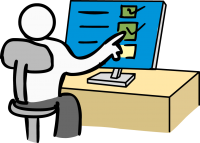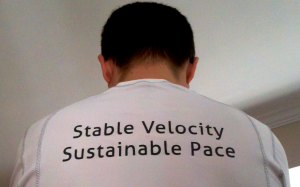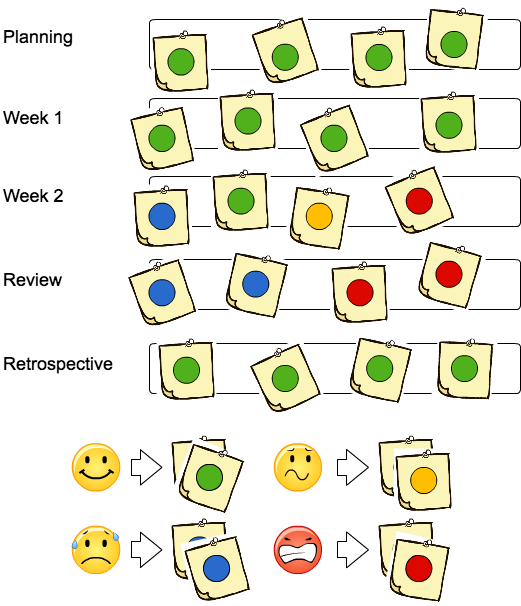 I recently took a personality assessment for LeadingAgile. I didn't know what to expect. I wasn't happy with all of the choices that were presented to me but I answered all of the questions the best that I could. Below is the outcome of the assessment. When I showed it to my wife, she laughed and nodded her head. Regardless if this was a partial result or the full readout, they kind of nailed it.
I recently took a personality assessment for LeadingAgile. I didn't know what to expect. I wasn't happy with all of the choices that were presented to me but I answered all of the questions the best that I could. Below is the outcome of the assessment. When I showed it to my wife, she laughed and nodded her head. Regardless if this was a partial result or the full readout, they kind of nailed it.
Strengths:
- Assumes the weight of the world on his shoulders
- Probably more good than bad, but his focus in personal goals and relentless intensity can make for a person who will execute at a high level.
- His quick decision-making and ability to change direction is helpful to inspire confidence.
Opportunity:
- His temper and emotions get the best of him at times and can be explosive.
- He tends to be focused on going solo in his role and probably doesn't share much.
- He's super willing to take on tasks or responsibility which may weigh him down especially as he's not the most organized person either.
Final Take:
- There's A LOT going on in his life and he's not taking time to stay balanced.
- Something is new or changed in his life that is causing him to be really stressed and not have time to exercise and is causing him to be really short and harsh in his reaction and interactions with others.
- He's a really strong individual who has a ton of quality strengths, he just needs to fix whatever is going on with him and build a way to manage the stress and aggravation that is present.
I'll have to give these these people credit. They pretty much nailed me. I am very goal orientated and do have a relentless intensity. When someone tells me they are doing their best, my internal monologue says something like "Don't do your best. Do better". To provide clarity around "he tends to be focused on going solo", it should be written as "if he doesn't feel confident others will do something to the level he expects, he'll do it himself". I do take on a lot of responsibility and lack organization and therefore use a personal kanban for everything. I think the misunderstanding there is I enforce my WIP limits.
Knowing my limitations makes me very anxious. I'm working on balancing things out a little by running more, which I did this morning. My long term goal is having a stable velocity and sustainable pace.
Has anyone else out there taken one of these assessments? What do you think of them?



